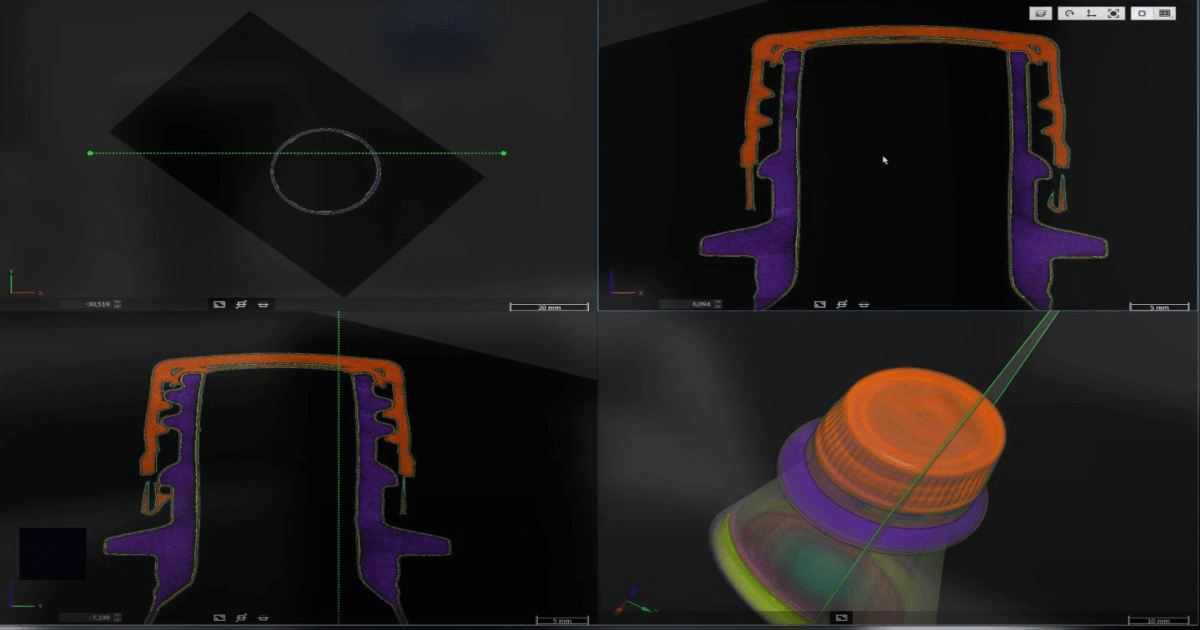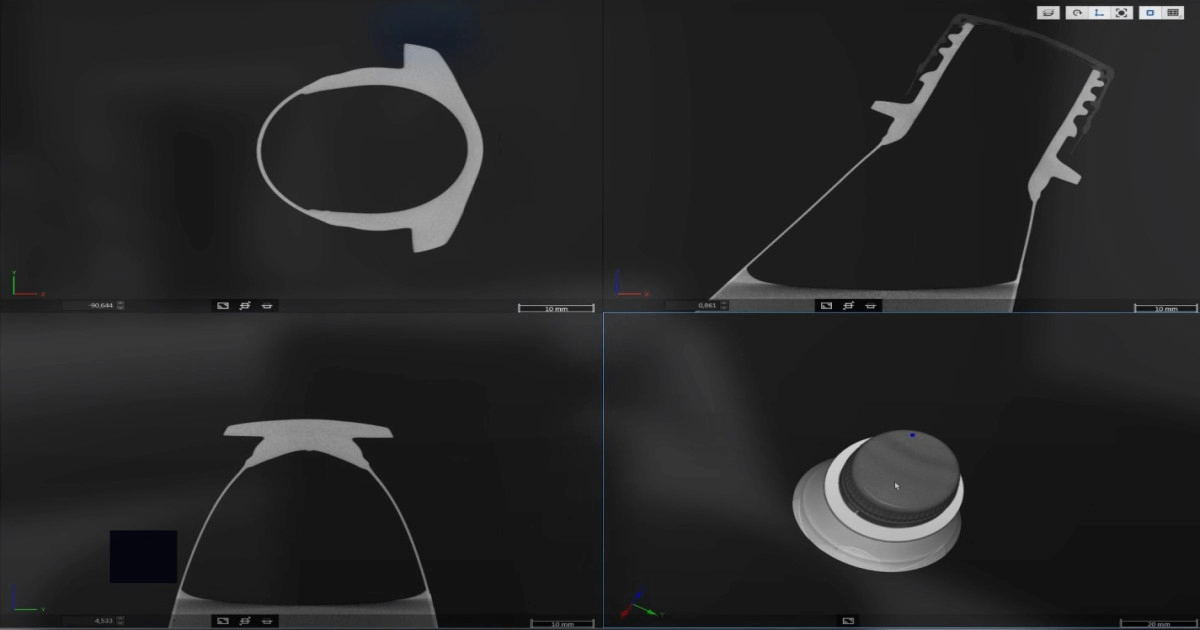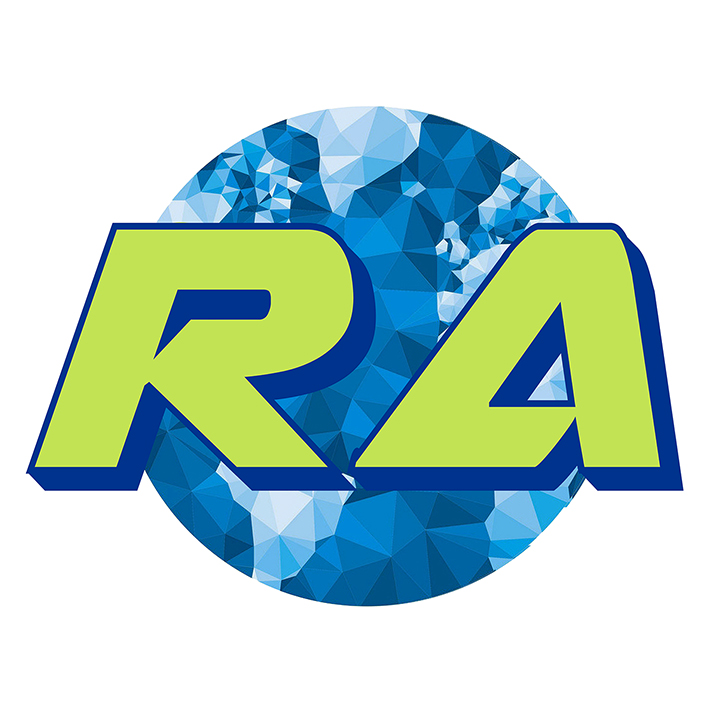CT Measuring Services
What are CT measuring services?
CT measuring services, also known as Industrial Computed Tomography (CT) scanning, are a nondestructive testing method that uses X-ray technology to create detailed 3D images of the internal and external structures of objects. These services are used for quality control, reverse engineering, metrology (precise measurement), and failure analysis in various industries.
CT measuring, or X-ray computed tomography, is a nondestructive testing method that utilizes advanced X-ray technology to create detailed cross-sectional images (slices) of a material or object. These slices are then combined to create a 3D model, which is ideal for precise measurement and analysis. Unlike traditional measuring methods, CT scanning allows for the inspection of internal and external structures without altering or damaging the original sample.
Key Aspects of CT measuring services:
- Non-Destructive Inspection: CT measuring allows complete internal and external analysis of components without damaging or disassembling them, preserving the part for further use.
- High-Precision 3D Measurement: Using advanced X-ray computed tomography, it provides highly accurate dimensional data for complex geometries, including hidden or internal features.
- Volumetric and Structural Analysis: The technology captures internal voids, cracks, porosity, inclusions, and assembly alignment, making it ideal for quality control and failure analysis.
- Multi-Material Compatibility: CT measuring can handle metals, plastics, composites, and multi-material assemblies, offering versatility across industries.
- Digital Data Output and CAD Integration: Generates 3D CAD models, cross-sectional views, and volumetric datasets, enabling reverse engineering, design validation, and simulation-based analysis.
Why are CT measuring services important?
CT measuring services are crucial because they provide accurate, nondestructive inspection of components that traditional measurement methods often cannot access. By capturing both internal and external geometries in a single scan, CT measurement ensures that every aspect of a part, including hidden features, internal voids, or micro-cracks, is analyzed with precision and reliability.
This level of detail is essential for quality control, reverse engineering, and failure analysis, especially in industries like aerospace, automotive, medical devices, and industrial manufacturing, where even minor defects can lead to costly failures or safety risks. Additionally, the digital data generated by CT scanning enables 3D CAD integration, design validation, and process optimization, helping manufacturers reduce errors, improve efficiency, and maintain consistent product quality.
Despite its advanced capabilities, CT measuring services come with certain challenges. Variations in material density or multi-material components can affect X-ray absorption, potentially causing image artifacts or inaccuracies. Scanning complex geometries such as thin walls, intricate internal features, or cavities often requires specialized strategies, while larger parts may exceed the scanning chamber, necessitating segmented scans and data stitching. The process also generates large volumes of data, demanding skilled engineers and advanced software for proper reconstruction, analysis, and conversion to 3D CAD models. Additionally, balancing scan resolution with inspection time, maintaining frequent calibration, managing equipment costs, and accurately interpreting results to distinguish real defects from artifacts are all critical factors that require expertise and precision.

Related Services
CT measuring services are often complemented by a range of advanced inspection and engineering solutions to ensure complete quality control and product validation.
- CMM Inspection: Precise dimensional verification of parts for tolerance and accuracy.
- 3D Laser Scanning: High-resolution surface data capture for reverse engineering and inspection.
- Metrology Services: Comprehensive measurement solutions for complex industrial components.
- Reverse Engineering: Converting scanned data into CAD models for redesign, replication, or improvement.
How do CT scan measuring services work?
- X-ray Source and Detector: An X-ray source emits a beam that passes through the metal component. A detector on the opposite side captures the transmitted X-rays.
- Rotation and Data Acquisition: The component is rotated, and multiple 2D X-ray images are acquired from various angles.
- 3D Reconstruction: A computer processes the 2D images to reconstruct a 3D model of the component's internal structure.
- Analysis: The 3D model can be analyzed for: Defect Detection: Identifying porosity, cracks, inclusions, and other flaws within the metal. Dimensional Inspection: Measuring dimensions, wall thicknesses, and other geometric parameters. Failure Analysis: Investigating the causes of part failure. Reverse Engineering: Creating a 3D model from an existing part. Comparison: Comparing the scanned part to a CAD model or other reference part.

What are the applications of CT measuring services across various industries?
CT measuring services have become an indispensable tool in industries where precision, reliability, and non-destructive inspection are critical. Some of the key applications include:
- Aerospace: Inspecting turbine blades, engine components, and composite structures for internal defects, porosity, or structural integrity without damaging expensive parts.
- Automotive: Ensuring quality in engine parts, castings, and complex assemblies; reverse engineering components for redesign or optimization.
- Medical Devices: Verifying the internal geometry and dimensional accuracy of implants, surgical tools, and prosthetics to meet strict regulatory standards.
- Electronics: Inspecting PCBs, connectors, and intricate assemblies to detect internal voids, misalignments, or manufacturing defects.
- Industrial Manufacturing: Analyzing heavy machinery components, forged or cast parts, and multi-material assemblies for defects, wear, or tolerance verification.
- Research and Development: Supporting prototyping, design validation, and material analysis across various high-tech and industrial projects.
Why Choose RA Global?
RA Global offers CT (computed tomography) measuring services that bring precision, efficiency, and high-quality results to a variety of industries. With the help of advanced CT scanning technology, we can inspect, analyze, and measure complex components with incredible accuracy. If you're ready to experience the precision and accuracy of RA Global CT measuring services, get in touch with us today. Our team is here to help you with all your measurement and inspection needs.
- Experience: Years of expertise in serving automotive industries with a team of seasoned professionals
- Comprehensive Services: Wide range of services, including product design and development, 3D printing, product analysis, 3D laser scanning, and reverse engineering
- Quality and Innovation: Commitment to providing high-quality solutions, fostering innovation, and utilizing cutting-edge technologies
Frequently Asked Questions
What is CT measuring?
CT measuring is a nondestructive testing technology that uses X-rays to create detailed 3D images of an object's internal and external structures.
What are the benefits of CT measuring services?
CT measuring services offer high accuracy, nondestructive testing, and internal structure analysis, making them ideal for complex components.
What types of products can be measured with CT scanning?
CT scanning can measure complex components, multi-material parts, and small products with high precision and accuracy.
How does CT measuring work?
CT measuring works by using X-rays to capture detailed images of an object's internal and external structures, which are then reconstructed into 3D digital models.
Why choose CT measuring services?
CT measuring services offer expertise, state-of-the-art equipment, and quality assurance, ensuring accurate and reliable results for complex components.

